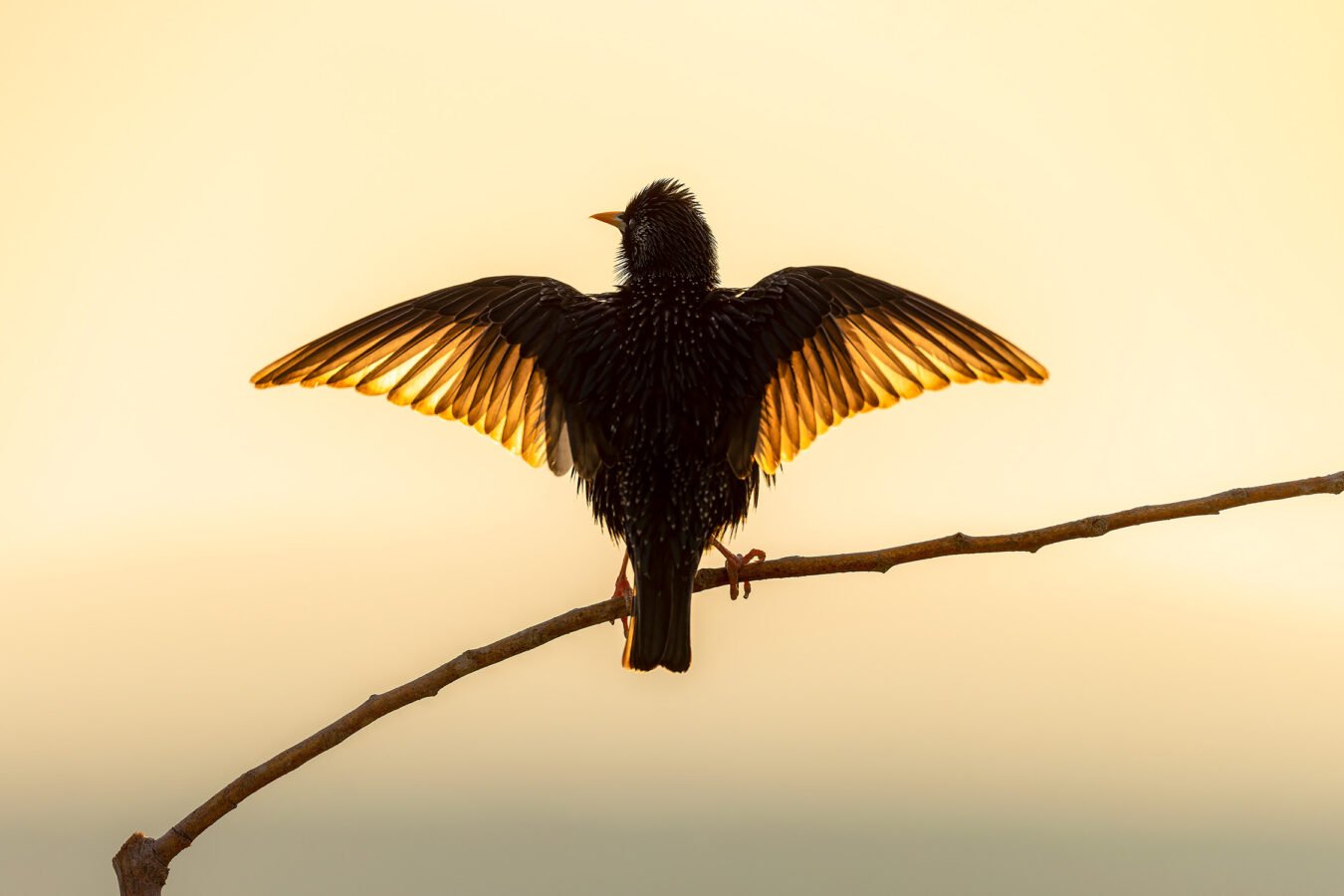Of course, I like to travel around the world, to explore Scotland, Iceland, America, Cyprus or other Nordic or exotic countries. But none of them could ever surpass my love for our Delta. As this is such an old love of mine, born when I was only in the fourth grade, when my teacher used to speak so wonderfully about it, that it quickly became the most beautiful place on earth, in my imagination.
It was literally a dream to walk among water lilies and hundreds of rare birds, as I knew for sure that you could find nowhere else.

I was dreaming on how I bate gigantic fish with just some bread, I was fighting with them, their weight knocking me down, and even if I was lying exhausted in my boat, I always succeeded to beat them and catch them, in glorious victory. Then I used to imagine how I sit quietly and watch the pelicans, my competing fishermen, which, at that time, seemed to me like alien creatures; how was it possible – that bag under their beak swallowed so many kilos of fish?
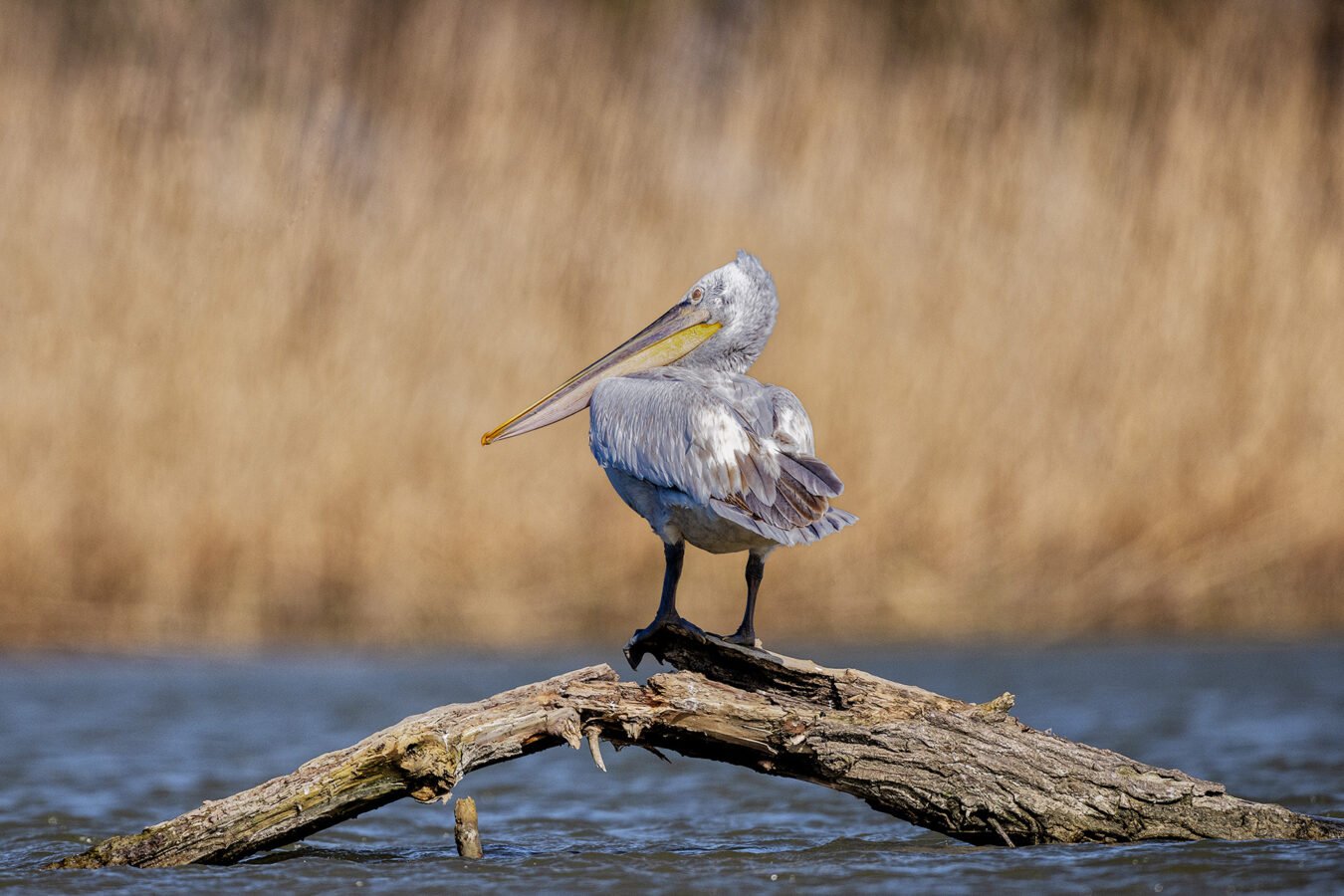
Even when I grew up, the Danube Delta remained a magic place in my mind, and – just like in the stories – as difficult to reach. It seemed to me so far away and so expensive – as people around me always used to say – that it was only in 2015 that I finally managed to get there for the first time. t’s just my enthusiasm slowly vanished over time and, besides, I wasn’t even allowed to eat garlic sauce anymore 😭. Briefly, it was a nice vacation, but without any special memories; and practically packed with mosquitoes.
The real reunion with my magic place happened during the spring of 2020, with the pandemics and my reborn passion for photography. It was a true milestone for me – the moment when I really discovered what wildlife means. I overcame my phobia of mosquitos and replaced it with the pleasure of discovering nature. I got to return to my dwelling place only to rest my numb body, after torturing it all day long, on the boat, in all sorts of unnatural positions.
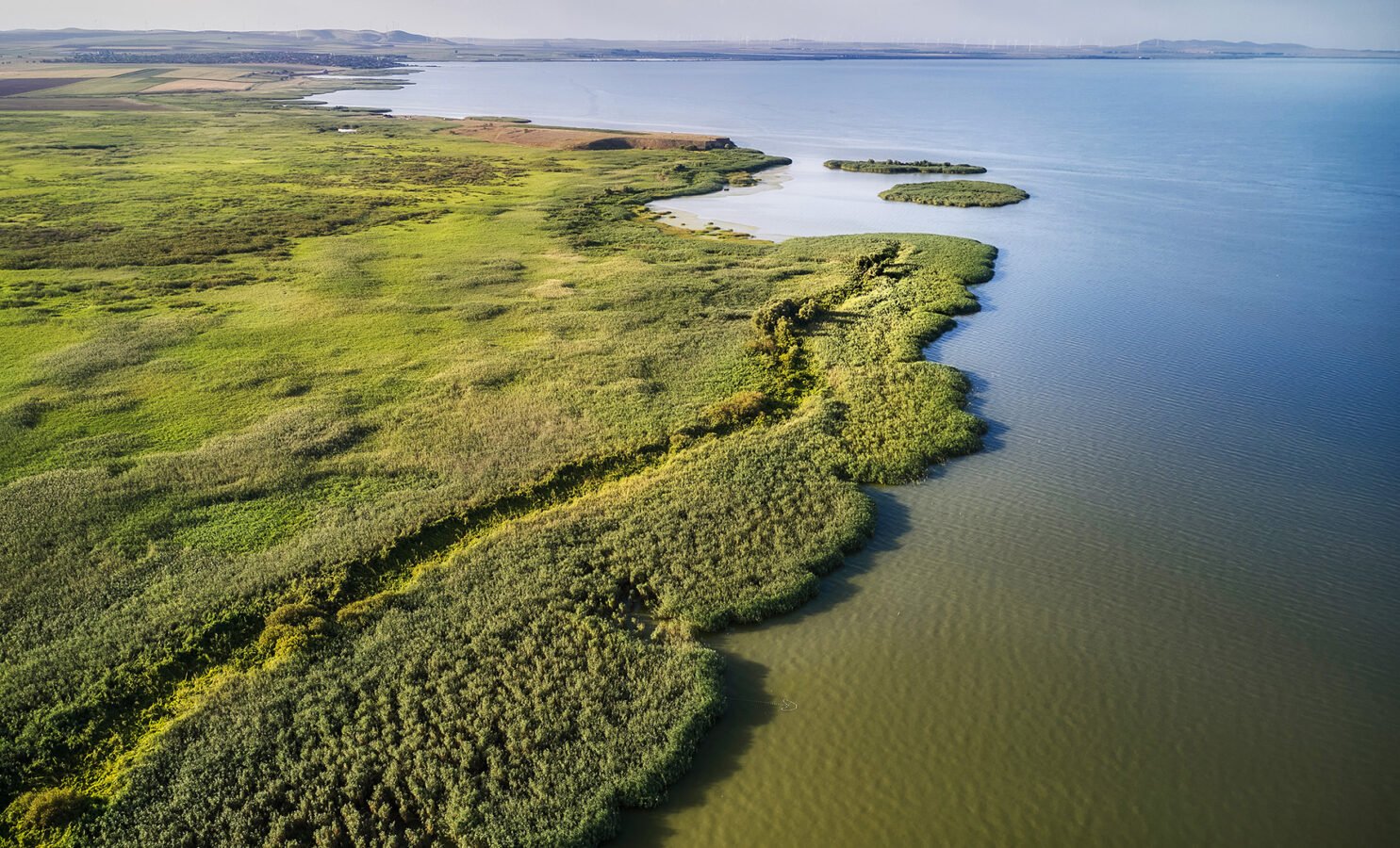
I can say that Delta has the same effect on me as time has on wine – with each visit, it makes me better.
On our first dates, I slowly discovered her, explored every single channel, marvelled at all the bird species and let myself being overwhelmed by her beauty. On the following dates, I got to be satisfied with the frames, as well. 😂 I already knew what was happening at every moment of the day (each season), I knew the birds, what they were called, how they sounded, and what their routine was – I even came to have favourites 😁. The unnamed channels had acquired some logic in my mind. I knew the route to the kingfisher, had learnt where the pelicans were hanging out and where the little egret hid.
In 2021 alone, I went to the Delta more than seven times, and one of those photo tours brought me the frame with the stilt (or the long-legged cowboy, as I like to call it), the photo that initiated the road to what I’ve become today.
It was the first image I felt like calling out to me and telling me not to stop looking for moments like that – when a whole scenario and a complex story unfolded in my mind, about what the stilt was telling me. I could see him riding a horse in the Wild West, while Ennio Morricone’s “L’estasi dell’oro” was playing in and with my mind.

All the way from Mahmudia to Bucharest, I thought about his story. The “long-legged cowboy” told me to stop running for diversity, and look for excitement, instead. Since then, I’ve been looking for emotion everywhere and when I can’t find it, the photo ends up in the trash.
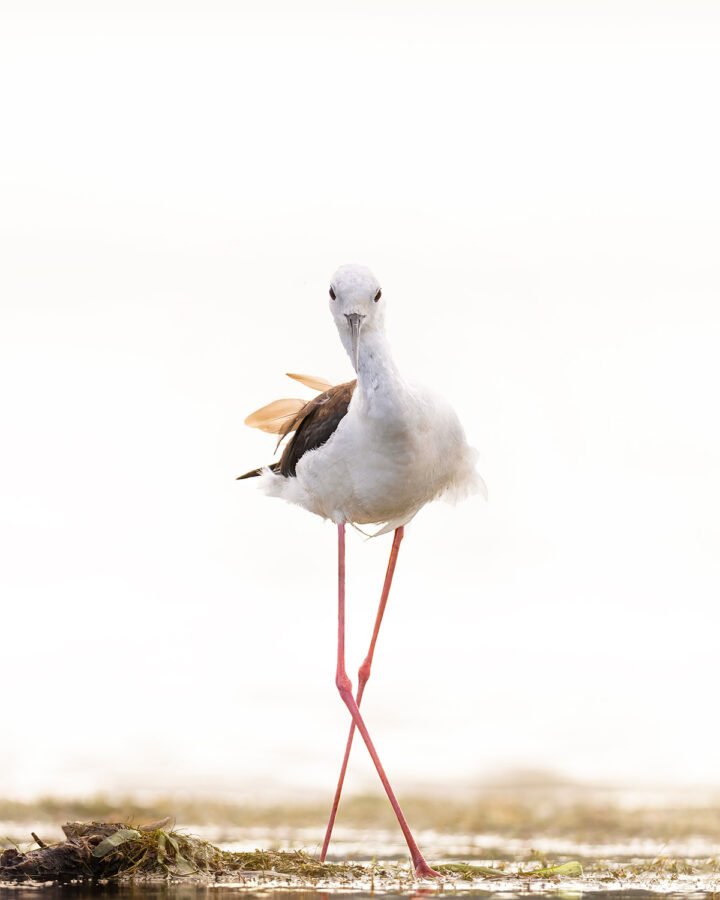
In the Delta, I fell hopelessly in love with the fowls. I am fascinated by their behaviour, the way they feed, how they take siesta, how they avoid danger and how they sometimes defend themselves. I reserved whole days just to study them. I improvised a hide, made of nine sticks and two camouflage nets, so that I could also be able to take photos from the side, I looked for islets that were not quickly flooded and laid in wait for hours.
I developed such a friendship with the avocet, that he came close to me until I practically lost the focus. I didn’t know then, but I found out later that he is such a good actor and often calls in for tricks when he feels his nest in danger. He pretends to be either lame or injured, catching the attention of the attacker, who soon forgets about the eggs in the nest or about the little chicks and seeks to attack the adult. And then, surprise, the avocet suddenly recovers and runs away bravely. I plan to dedicate a few more hours of my life to him, because, in the meantime, I discovered how spectacular his mating ritual is, as well as that of the stilt’s. The female stays put for a few seconds, her head still, stretched forward, as if she intends to fly away. All this time, the male is snooping, splashing his beak into the water several times and grooming himself. Eventually, after finishing his beauty ritual, the two bring their beaks together and perform a few dance steps in pair. And this is how the show ends.

Little grebes were another performance for me and I first saw them when their babies were carefreely walking on the backs of their parents. It was an image that instantly brought me back to my childhood, reminded me about those long-forgotten emotions and made me miss my mother. The adult little grebes carry their youngsters on their backs when the path is too difficult. And when they become too heavy, the parents switch between them and the other parent carry them on the shoulder. They carry them with great care, under their warm and safe feathers of loving parents. It is also a way to teach them how to swim, leaving them behind at a certain distance, then coming towards them. From time to time, they all do another dive, but without separating from each other.
The little grebes were the reason why I decided to buy my floating hide – a raft that helps me not to feel the weight of the equipment and not to risk “drowning” it.


You know how it’s like when you talk down to kids – they treat you like an authority figure and you are not able to feel any real connection. I believe it’s the same with birds. On the water, it’s like I’m being one of them. Although these are the most gruelling hours in this “job”, it is well worth the effort.

When the sheen of the water becomes the foreground of your photo, you know you’ve done a good job and you forget how cold you are, that you’ve got goosebumps, that your clothes become too tight or that you cannot feel your legs anymore, from squatting through the shallow water.
Luckily, the Danube Delta is not only about channels, or the cold wind you feel on the boat in the morning. When I become tired of too much water, I look for a bank and I treat myself by watching the bee-eaters. Not an easy job either, because they are the biggest sun lovers and it’s a challenge to find a patch of shade to take pictures of them. If you are lucky and the bank is well-positioned, you can even remain sited in the car. It is important to find a comfortable place, because they are very active birds and you need a lot of time to capture them in all their moments. Well, they spend a good portion of the time eating – they feed on up to 250 bees a day. 😮
The partner is also “baited” with a bee, the mating ritual implying that the male offers the female the largest insects, so that she would love only him, as they are monogamous birds 😁. Well, while their babies are growing, a male from the tribe usually helps them (but they swear that’s all that happens between them!).

After the bee-eaters have displayed their beauty in the sun and in my lens, most of the times I use to run for a moment and see the ground squirrels, to check what flowers they smell 😊. And they like the sun just as much, so I equip myself with a hat, a balaclava and I soak myself into some solution against mosquitos and ticks, then I lie down on the grass to bake myself in the sun. Whoever said that the rabbit is the most fearful animal, hasn’t seen the ground squirrel. heir shadow is their worst enemy and you have a hard time gaining their trust. They are always sceptical, on guard, turn their heads little by little, as if to see only part of the danger and cannot bear to fully face it. And if they suspect a little something, they run faster than a rocket. I like to say that they are like shy and frail snowdrops, flowers among flowers. I’m amused by their sudden jerky movements and their disproportionately large eyes, which always make me think of a small furry but damn cute alien. Ground squirrels are among the animals that give me the most energy.
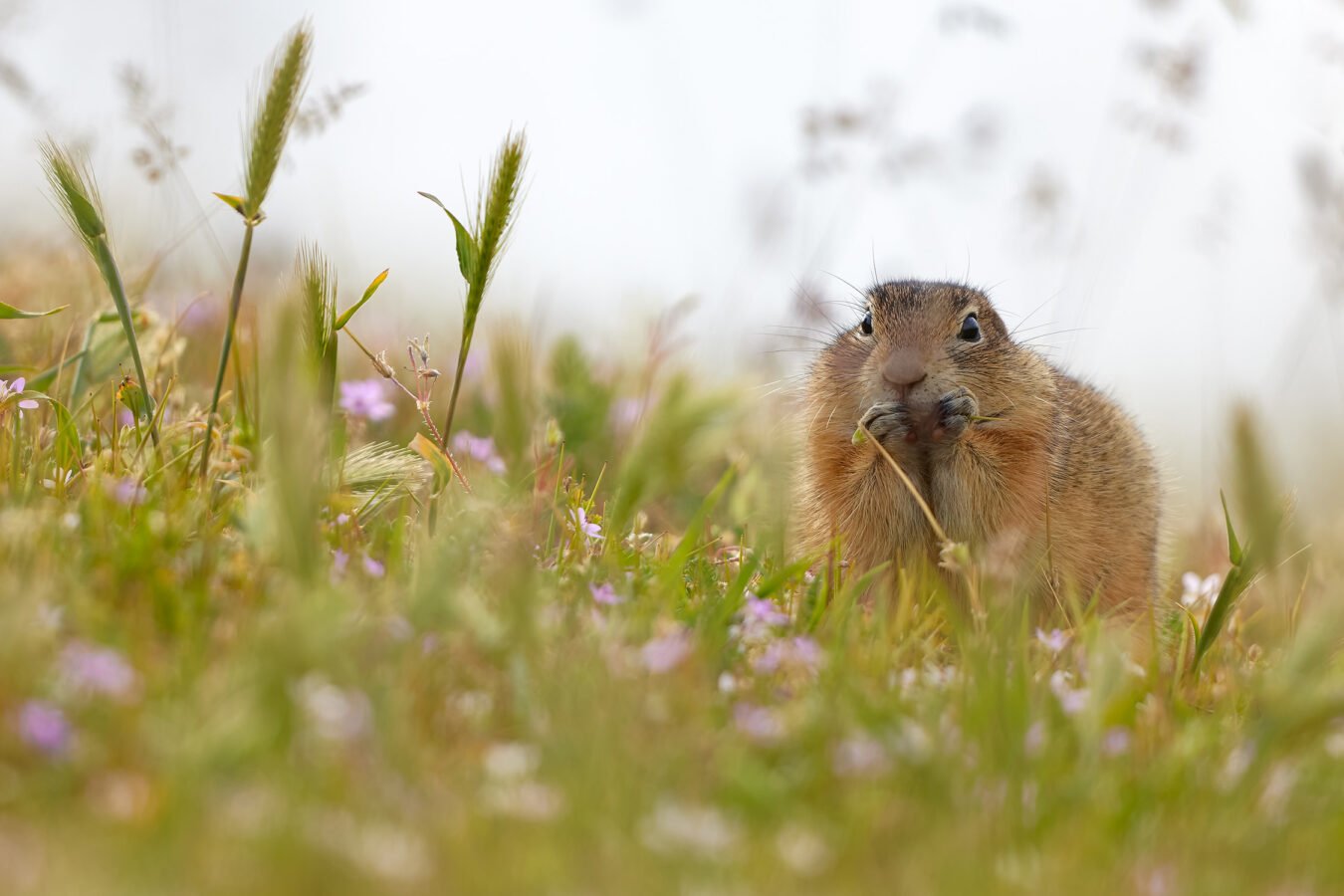
With my batteries thus charged, I wake up the next day at sunrise and set off again on the boat. I’m looking for the “blue arrow” – or the small, quick and colourful kingfisher. Ivan Fishermen, as he is also called in the Delta, is probably the most impressive bird in Romania and certainly the dream of any photographer. It’s called blue, although it might as well be called green. Depending on the direction of the sun’s rays, the plumage changes colour and you can swear that you have another character in front of you. On the other hand, the difference between the male and the female is easy to make, because the latter has a red spot at the base of the beak, which makes you think of a lipstick mark.

The kingfisher has fast movements, is restless and runs from one place to another, like an arrow. He flies in a straight line, very close to the water, as if he wants to prove how capable he is. It’s a good thing that I’ve got to know his chirp, otherwise I’d run the risk of him walking past me without even noticing. When I first saw him, I thought he wasn’t real. His beauty left me speechless, and I felt challenged to put him in that specific light that would best suit him. He became, over time, the Delta bird I photographed most often.
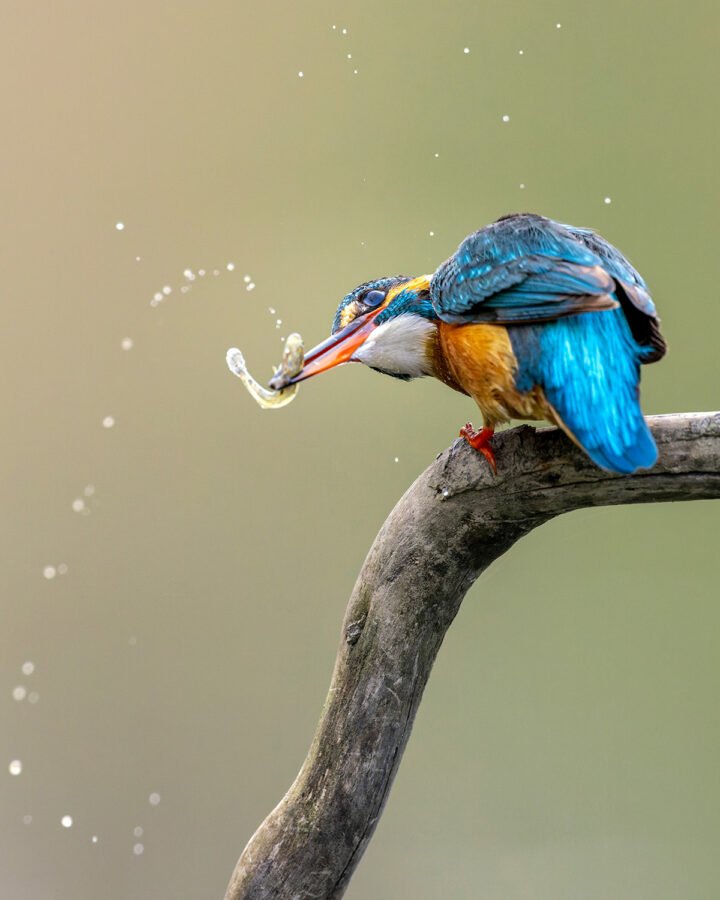
I caught him alone with his partner (together, but also separately), I surprised them with the small fish in their beaks and realised what strange habits they have – after capturing the small fish, they hit it several times, before swallowing it headfirst. But this food, that he captures so sadistically, forces him to dig a tunnel of up to one meter in his house on the shore, at the end of which he raises his youngsters safely, on a bed of fishbones.
Not only small birds or animals live in the Delta. This is also the home of the white-tailed eagle, the biggest predator in Romania and not only here. The downside is that we only have a few of them left, quite difficult to see and, especially, to photograph. They like to sit on the top of the trees, where they can see the prey well, and I don’t like to take pictures of them through the branches. 🙈. White-tailed eagles and otters are the main reason I go to Scotland every year. We also have them here, but in much smaller numbers and in poor conditions for photography. This doesn’t mean that I don’t give them a chance and cross them off my bucket list.
Next on my list of priorities is the bearded and I can’t wait for spring to get them and catch them standing like Van Damme, hanging between two thin sticks. 😎

If that sounds good to you and mosquitoes or jackals don’t scare you (yes, they live in the Delta, as well), I’ll be waiting for you to accompany me on my next photo tour!
If that sounds good to you and mosquitoes or jackals don’t scare you (yes, they live in the Delta, as well), I’ll be waiting for you to accompany me on my next photo tour!
And since you still made it this far, I’d also like you to know that:
Although summer is full of life in the Delta, the ideal seasons for photography are spring and autumn, when heat distortion is weaker.
The Danube Delta is the place where you can’t get bored easily, because it is the home to over 300 species of birds and over 40 mammals.
Before you set off by boat, don’t forget to pay the access fee to enter the reservation – I don’t know how much the fine is 🙈.
If you don’t have gastritis, like me, get ready for the best fish dishes you’ve ever eaten – mackerel is a godsend!

